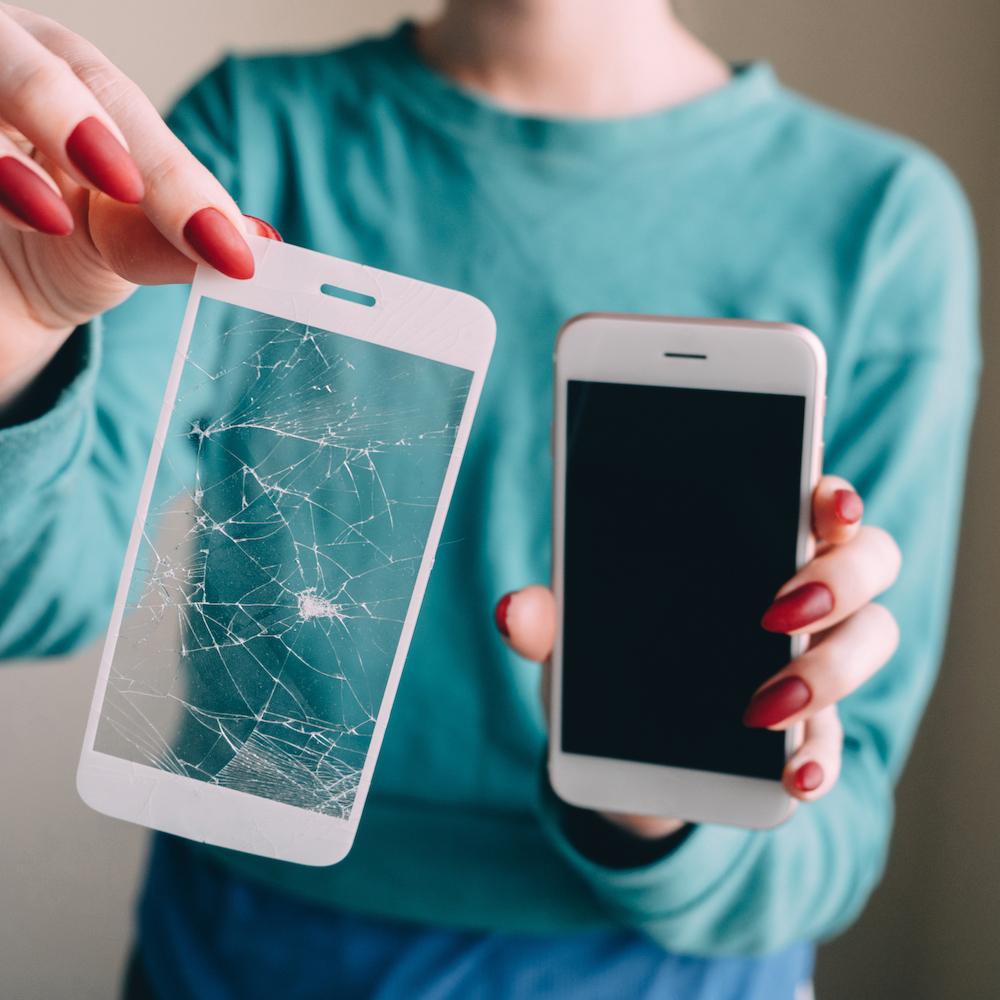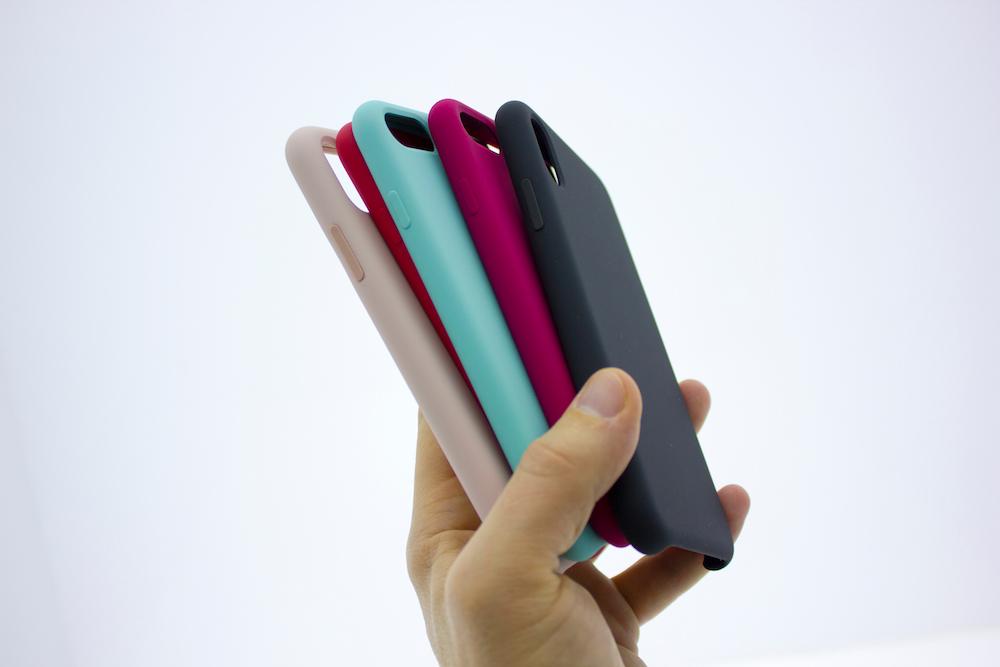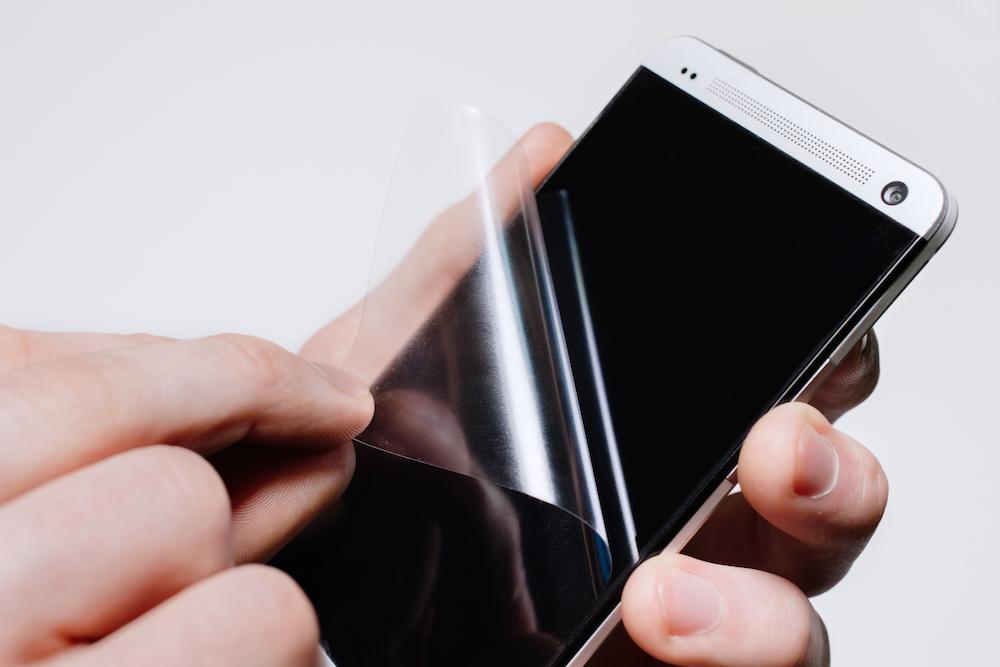
What is 9h Hardness for Screen Protectors?
How much do you know about your screen protector?
Many people today think screen protectors were invented when smartphones entered the market. Screen protectors were initially used in the late 1960s for television screens and only entered the mobile phone market after the rise of Personal Digital Assistants.
Screen protectors aren't entirely new to anybody today. A screen protector, as the name implies, is an additional sheet of material that is fitted to the display of an electronic device, like an iPad, to protect it from physical damage. It is the first line of defense for a device screen.
Screen protectors are made of polyethylene terephthalate (PET) or thermoplastic polyurethane (TPU), or laminated tempered glass, similar to the device's original screen they are meant to protect.
Even more, screen protectors vary in hardness. You may have seen the hardness rating on different packaging. Nonetheless, if you don't know what this label means, then your probably asking yourself, “What is 9h hardness?”
In this article, we’re looking at screen protector hardness and what you need to know to purchase a reliable protector.
Breaking down tempered screen protector hardness
What is 9h hardness?
Many people use the tempered glass today without knowing what 9h hardness is. 9h refers to the Moh scale of mineral hardness. Friedrich Mohs invented this scale in 1812, and it ranges from 1 to 10 with glass around 5 and diamond at the top of the scale.
The scale is represented by numbers only without the "H" suffix. The suffix means the hardness of a pencil. To find a rating, you use the pencil test, which compares the relative hardness of a screen. When a manufacturer claims that their screen is 9h, it means the screen can resist scratches from the hardest pencil.
Of course, it makes no sense comparing a glass material with a pencil. Hence, we analyze the hardness based on the scratch the hardest pencil has on the screen. From soft to hard pencil, pencil hardness ranges from 9b to 9h. Testing various displays, we use pencils that have a lead hardness ranging from 6b to 9h, pressed against the surface at a 45-degree angle. The codes are given based on the hardest pencil that fails to scratch the surface. The table below shows Moh hardness scale.
| Mineral | Hardness |
|---|---|
| Talc | 1 |
| Gypsum | 2 |
| Calcite | 3 |
| Fluorite | 4 |
| Apatite (glass falls into this category) | 5 |
| Orthoclase feldspar | 6 |
| Quartz | 7 |
| Topaz | 8 |
| Corundum | 9 |
| Diamond | 10 |
Smartphones usually come with screens that are around 5 to 6 on Moh's scale so that objects like knives, coins, and keys can't scratch them. This is because they're made of iron, copper, and steel, which cannot scratch glass screen protectors of 6.5.
Fast Facts: You may ask why then do Gorilla glass above Moh's 6 get scratched? Well, Corning has done an outstanding job in glass technology. With the introduction of Gorilla Glass in 2010, mobile screens have grown tougher, evolving this technology. The primary reason is sand, which has Moh's hardness of 6 to 7.
What is the best durability for screen protectors?
Out of all screen protectors, getting a tempered glass has become a solid choice as they are super protective for the screen. Tempered glass is similar to an original device screen. For tempered glass, hardness and width are factors that determine the energy of the glass to prevent a crack.
 The width ranges from about 0.2mm to 0.5mm. When you mistakenly drop your device with tempered glass, if it is severe enough, it may shatter the tempered glass. You can still pull it out in one piece with your screen completely untouched. The hardness does not affect visibility, though. You can still see your screen as though it has no covering on it.
The width ranges from about 0.2mm to 0.5mm. When you mistakenly drop your device with tempered glass, if it is severe enough, it may shatter the tempered glass. You can still pull it out in one piece with your screen completely untouched. The hardness does not affect visibility, though. You can still see your screen as though it has no covering on it.
Order on SaharaCase.com and SAVE 15% USE CODE: BLOG15
Conclusion
The hardness of different types of screen protectors can prevent or leave a scratch mark. The 9h hardness screen protector will protect the screen of your phone from damage and allow very minimal to zero scratches to the screen protector. To get 9h screen protectors, check out Sahara Case's products.


